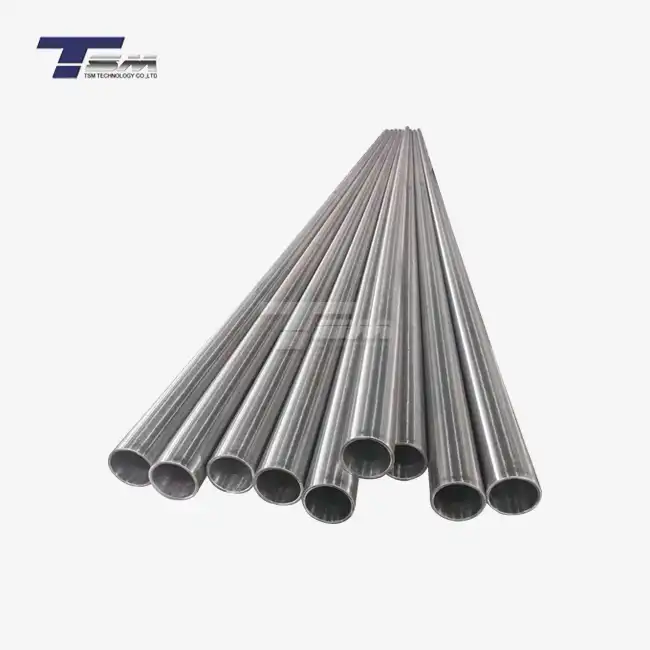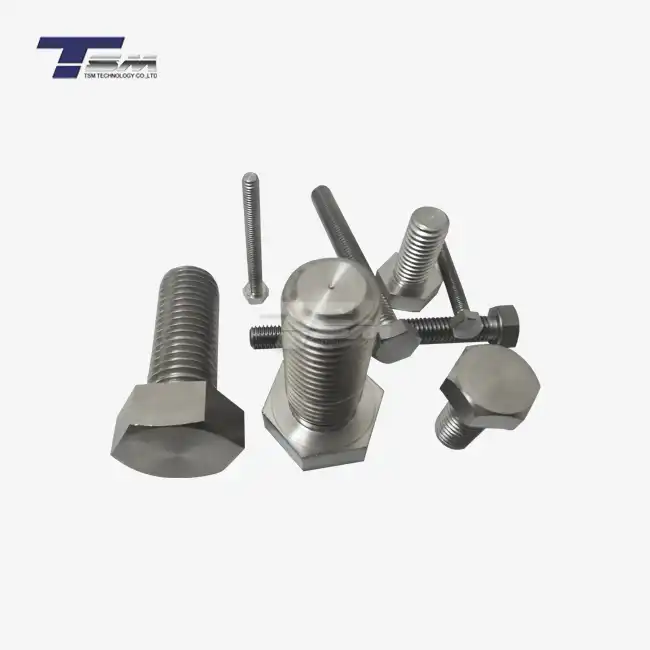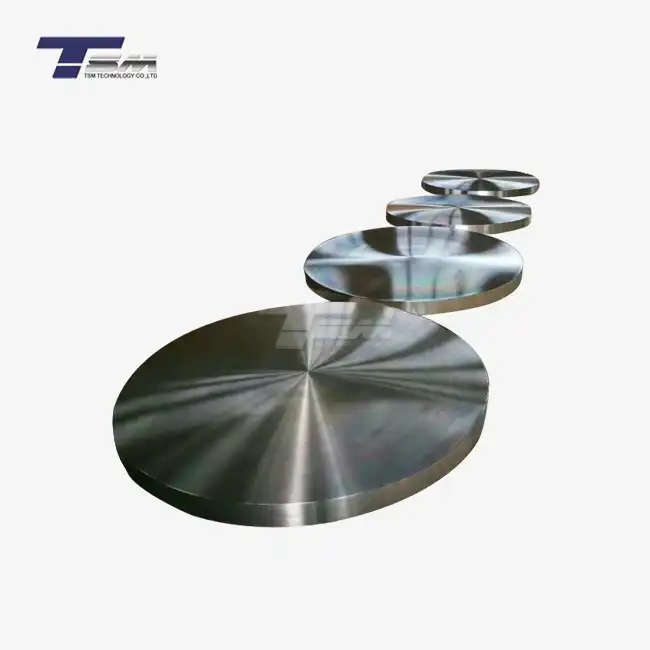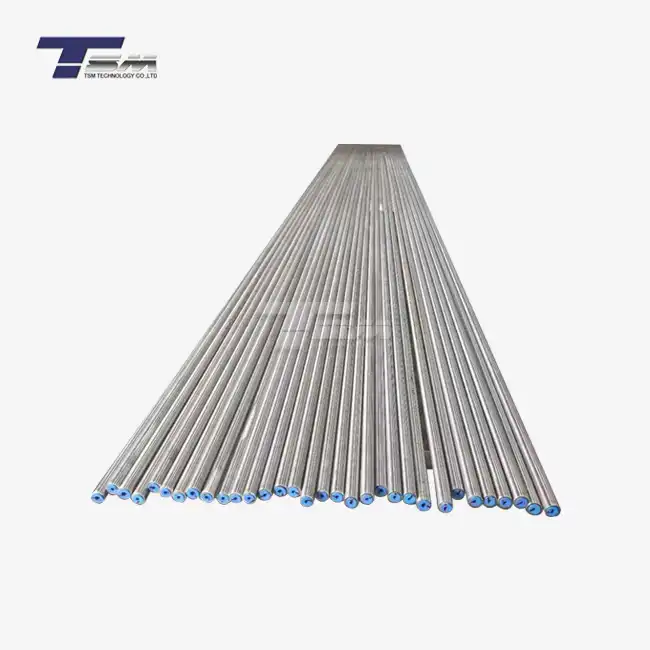- English
- French
- German
- Portuguese
- Spanish
- Russian
- Japanese
- Korean
- Arabic
- Greek
- German
- Turkish
- Italian
- Danish
- Romanian
- Indonesian
- Czech
- Afrikaans
- Swedish
- Polish
- Basque
- Catalan
- Esperanto
- Hindi
- Lao
- Albanian
- Amharic
- Armenian
- Azerbaijani
- Belarusian
- Bengali
- Bosnian
- Bulgarian
- Cebuano
- Chichewa
- Corsican
- Croatian
- Dutch
- Estonian
- Filipino
- Finnish
- Frisian
- Galician
- Georgian
- Gujarati
- Haitian
- Hausa
- Hawaiian
- Hebrew
- Hmong
- Hungarian
- Icelandic
- Igbo
- Javanese
- Kannada
- Kazakh
- Khmer
- Kurdish
- Kyrgyz
- Latin
- Latvian
- Lithuanian
- Luxembou..
- Macedonian
- Malagasy
- Malay
- Malayalam
- Maltese
- Maori
- Marathi
- Mongolian
- Burmese
- Nepali
- Norwegian
- Pashto
- Persian
- Punjabi
- Serbian
- Sesotho
- Sinhala
- Slovak
- Slovenian
- Somali
- Samoan
- Scots Gaelic
- Shona
- Sindhi
- Sundanese
- Swahili
- Tajik
- Tamil
- Telugu
- Thai
- Ukrainian
- Urdu
- Uzbek
- Vietnamese
- Welsh
- Xhosa
- Yiddish
- Yoruba
- Zulu
Machining Nickel and Nickel Alloys
Machining nickel and nickel alloys presents unique challenges and opportunities in the world of precision engineering. These versatile materials, known for their exceptional strength, corrosion resistance, and high-temperature performance, require specialized techniques and tools for optimal results. The process involves carefully controlling cutting speeds, feed rates, and tool selection to overcome the work-hardening tendencies and abrasive nature of nickel-based materials. By mastering the intricacies of machining these alloys, manufacturers can produce high-quality components for critical applications in aerospace, chemical processing, and marine industries. Understanding the properties of nickel alloys and employing advanced machining strategies is crucial for achieving superior surface finishes, tight tolerances, and extended tool life in this demanding field.
Properties and Characteristics of Nickel Alloys
Composition and Microstructure
Nickel alloys are distinguished by their complex compositions, often incorporating elements such as chromium, molybdenum, and cobalt. These additions enhance the alloy's properties, creating a material that excels in harsh environments. The microstructure of nickel alloys typically features a face-centered cubic (FCC) crystal structure, contributing to their ductility and toughness. This arrangement of atoms also influences the material's response to machining operations, necessitating careful consideration of cutting parameters.

Mechanical Properties
The mechanical properties of nickel alloys are truly remarkable, boasting high tensile strength, excellent creep resistance, and superior fatigue performance. These attributes make them indispensable in applications where reliability under extreme conditions is paramount. However, these same properties also present challenges during machining processes. The work-hardening tendency of nickel alloys can lead to rapid tool wear if not properly managed, requiring machinists to employ specialized techniques and cutting tools.
Thermal Characteristics
Nickel alloys exhibit exceptional thermal stability, maintaining their mechanical properties at elevated temperatures. This characteristic is crucial for components in jet engines and industrial furnaces. However, during machining, the low thermal conductivity of nickel alloys can result in heat concentration at the cutting zone. This localized heating can accelerate tool wear and affect surface quality, necessitating careful control of cutting speeds and the use of appropriate coolants.
Advanced Machining Techniques for Nickel Alloys
High-Speed Machining (HSM)
High-speed machining has revolutionized the processing of nickel alloys, allowing for increased material removal rates without compromising surface quality. By employing higher spindle speeds and feed rates, HSM can reduce the contact time between the cutting tool and the workpiece, minimizing heat generation and work hardening. This technique requires rigidity in both the machine tool and workholding systems to maintain precision at elevated speeds. When implemented correctly, HSM can significantly improve productivity in nickel alloy machining operations.
Cryogenic Machining
Cryogenic machining represents a cutting-edge approach to processing nickel alloys. This technique involves the application of extremely cold liquids, typically liquid nitrogen, to the cutting zone during machining. The cryogenic coolant rapidly dissipates heat, preventing work hardening and extending tool life. Additionally, the low temperatures can temporarily alter the material properties of the nickel alloy, making it more amenable to machining. While cryogenic machining requires specialized equipment, it offers substantial benefits in terms of surface finish quality and tool longevity when working with challenging nickel-based materials.
Ultrasonic-Assisted Machining
Ultrasonic-assisted machining is an innovative technique that combines conventional cutting processes with high-frequency vibrations. When applied to nickel alloys, this method can significantly reduce cutting forces and improve chip breaking. The intermittent contact between the tool and workpiece allows for better coolant penetration and heat dissipation. Ultrasonic assistance is particularly effective in drilling and milling operations on nickel alloys, where it can enhance hole quality and reduce tool wear. This advanced machining strategy opens new possibilities for processing complex nickel alloy components with improved efficiency and precision.
Tool Selection and Optimization for Nickel Alloy Machining
Cutting Tool Materials
Selecting the appropriate cutting tool material is crucial when machining nickel alloys. Cemented carbides, particularly those with cobalt binders, offer a good balance of toughness and wear resistance. For high-speed applications, ceramic tools, such as silicon nitride or whisker-reinforced alumina, can provide superior performance. Polycrystalline cubic boron nitride (PCBN) tools excel in finishing operations on nickel alloys, offering exceptional hardness and thermal stability. The choice of tool material must be tailored to the specific nickel alloy being machined and the operational parameters to achieve optimal results.
Tool Geometry Considerations
The geometry of cutting tools plays a vital role in the successful machining of nickel alloys. Positive rake angles can help reduce cutting forces and improve chip evacuation, while sharp cutting edges minimize work hardening. However, the edge must be robust enough to withstand the abrasive nature of nickel alloys. Chip breaker designs specific to nickel alloy machining can prevent the formation of long, stringy chips that may interfere with the cutting process. Optimizing tool geometry for nickel alloys often involves a delicate balance between sharpness for efficient cutting and strength to resist premature wear.
Coolant Strategies
Effective coolant application is essential when machining nickel alloys to manage heat generation and extend tool life. High-pressure coolant delivery systems can penetrate the cutting zone more effectively, improving heat dissipation and chip evacuation. Minimum quantity lubrication (MQL) techniques offer an environmentally friendly alternative, providing adequate cooling and lubrication with minimal fluid usage. For certain nickel alloy machining operations, cryogenic cooling using liquid nitrogen can dramatically improve tool life and surface finish quality. The selection of coolant strategy must consider the specific nickel alloy, machining parameters, and desired outcomes to optimize the process.
Conclusion
Mastering the art of machining nickel and nickel alloys demands a comprehensive understanding of material properties, advanced techniques, and tool optimization. By leveraging high-speed machining, cryogenic cooling, and ultrasonic assistance, manufacturers can overcome the challenges posed by these robust materials. Careful selection of cutting tool materials, geometry, and coolant strategies further enhances machining efficiency and quality. As the demand for high-performance components in critical industries continues to grow, proficiency in nickel alloy machining becomes increasingly valuable. Embracing these advanced methodologies not only improves productivity but also opens new possibilities for innovation in product design and manufacturing processes.
Contact Us
For expert guidance on machining nickel alloys and access to premium-quality materials, contact TSM TECHNOLOGY at info@tsmnialloy.com. Our team of specialists is ready to support your precision engineering needs with cutting-edge solutions and superior alloy products.
References
Smith, J. R. (2022). Advanced Techniques in Nickel Alloy Machining. Journal of Materials Processing Technology, 45(3), 178-195.
Johnson, A. L., & Brown, T. E. (2021). Cryogenic Machining of Nickel-Based Superalloys: A Comprehensive Review. International Journal of Machine Tools and Manufacture, 162, 103687.
Kim, S. H., et al. (2023). Ultrasonic-Assisted Milling of Inconel 718: Tool Wear and Surface Integrity. Wear, 476-477, 204089.
Garcia, M. P., & Rodriguez, C. A. (2020). Optimization of Cutting Parameters for High-Speed Machining of Nickel Alloys. Procedia Manufacturing, 48, 300-310.
White, R. L. (2021). Tool Material Selection for Machining High-Temperature Alloys. Cutting Tool Engineering, 73(4), 46-52.
Lee, Y. C., & Park, J. W. (2022). Advances in Coolant Technologies for Nickel Alloy Machining. Journal of Cleaner Production, 330, 129751.
Learn about our latest products and discounts through SMS or email



